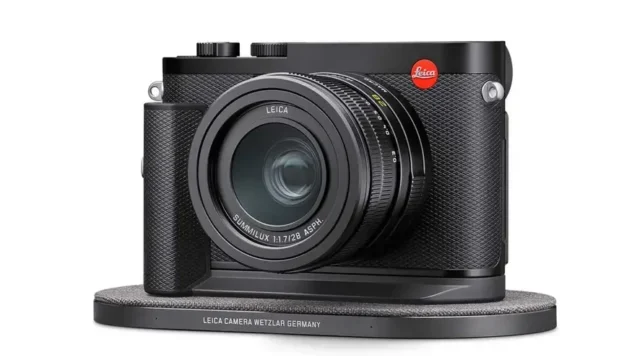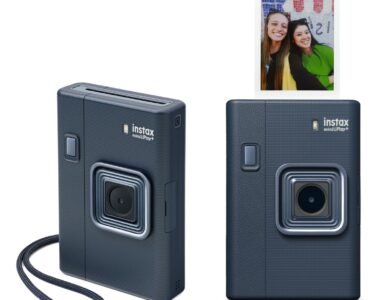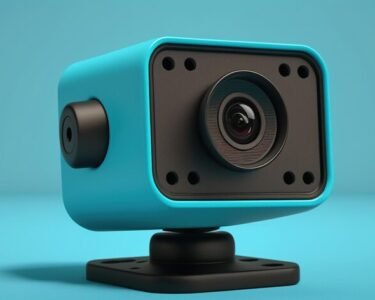Introduction of Leica Q3 Camera
The Leica Q3 is a premium fixed lens compact camera which pairs a 60 megapixel 35mm full-frame CMOS sensor with a image-stabilized Leica Summilux 28mm f/1.7 prime lens.
Optically the lens is comprised of 11 lenses in 9 groups (including 3 aspherical lens elements) and it has a Macro setting that enables it to focus as close as 17cms / 6.7″.
It uses the same BSI (BackSide Illuminated) CMOS sensor as the M11 rangefinder, which utilises a specially developed dual-layer UV/IR cut-off filter.
Key features of the Q3 include an expanded sensitivity range of ISO 50-100,000, the latest-generation Maestro IV image processor, 8K/30p, 4K/60p and 1080/120p video recording, a new hybrid AF system with an intelligent subject recognition system, and continuous shooting up to 15fps.
This new model for 2023 also offers extended battery life, USB-C connectivity, a 5.76m-dot OLED EVF and a tilting 1.84m-dot touchscreen LCD screen.
The recommended retail price of the Leica Q3 is £5,300 / $5,995 and it is available in black. It is designed and made in Germany.
Ease of Use
The Leica Q3 features the same 60 megapixel full-frame BSI (BackSide-Illuminated) CMOS sensor that Leica initially developed especially for the flagship M11 rangefinder camera. This sensor offers a 21% increase in resolution compared to the 47.3 megapixel Q2 model from 2019.
In conjunction with the brand new Maestro IV image processor, this allows the Q3 to output 14-bit raw files with a claimed dynamic range of up to 14 stops, provide an extensive ISO range of 50-100,000, and shoot 60 megapixel images at 4fps with continuous AF/AE.
It also has a special IR + UV cut filter in front of the sensor which corrects even the most oblique rays of incident light and a new colour filter array that offers more natural colour reproduction than previous Q-system cameras.
Whilst 60 megapixels will undoubtedly be a big draw for potential owners of this camera, Leica have also sensibly provided two smaller 36 and 18 megapixel modes which help avoid some of the processing and storage challenges of the the 60 megapixel mode while also boosting the burst shooting buffer times.
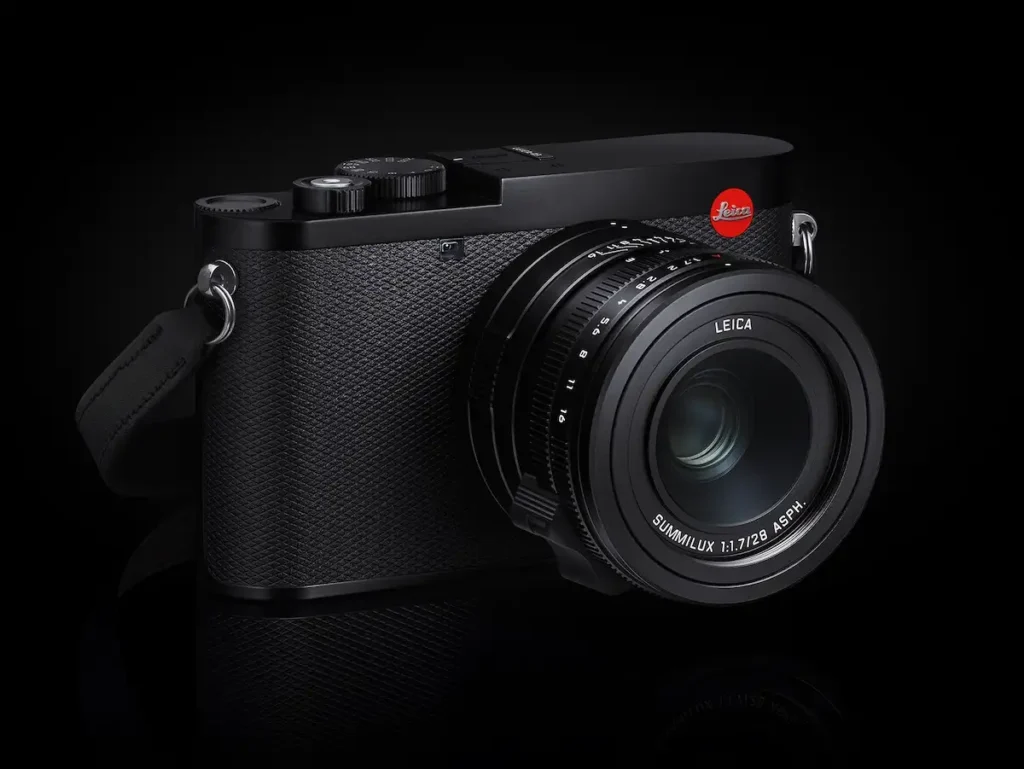
So the Q3 can capture 60, 36, or 18 megapixels DNG Raw images with 14-bit color and 14-stop dynamic range using the full sensor area, a feature referred to as “Triple Resolution Technology” by Leica.
Design and Build Quality
The Leica Q3 has a fixed, as opposed to removable, lens. The 28mm focal length provided is all-encompassing and makes this camera particularly suitable for landscape and travelogue photography.
A straightforward and clearly marked macro setting on the lens barrel enables capturing subjects as close as 17cm, while the regular minimum focusing distance is 30cm.The manually selectable aperture range extends from f/1.7 up to f/16 with an automatic setting provided too.
Coupled with a bright/fast f/1.7 aperture, this allows for lower light shooting hand-held. Since the lens is fairly wide, it naturally prompts users to get quite close to their subjects if they want them to fill the frame, or the majority of it, to really make the most of the ‘bokeh’ opportunities offered by that maximum aperture.
Lens and Optical Performance
Leica has additionally provided a screw-on/screw off lens hood, should you wish to use it as an additional aid to preventing lens flare, or avoid unwanted artifacts in brighter conditions. There’s also a thread on the front for traditional 49mm glass filters.
Incidentally, the lens and aperture provided here is exactly the same as that of the 2015 ‘Q’ and the 2019 ‘Q’ – Leica hasn’t chosen to throw the baby out of the bathwater and has retained what it says proved popular with regard to the 8-year-old original model
Impressively, the lens has optical stabilization, a surprising feature considering the wide-angle, full-frame nature of the lens. Coupled with the impressive noise performance at high ISOs, this feature makes it very easy to hand-hold the Q3 in less than perfect lighting conditions and still achieve pin-sharp results.
In addition to the 28mm optical focal length, the Q3 provides four different crop modes that simulate longer focal lengths.
At the press of the small unmarked button next to the rear thumbgrip on the rear of the camera, you can switch to 35mm, 50mm, 75mm and a brand new 90mm crop mode, with a rectangular overlay displayed to help with composition.
Image Quality
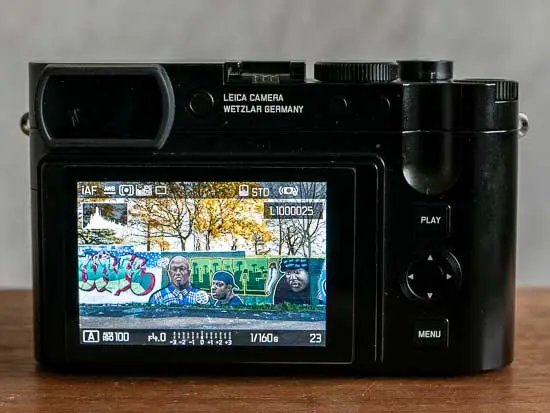
All of the sample images in this review were captured using the 60-megapixel Large setting, which produces an average image size of around 20Mb for JPEGs and 85Mb for RAW files.
The Leica Q3 recorded still images of excellent quality during the review period.
This camera produces noise-free JPEG images at ISO 50 up to ISO 3200, with some noise appearing at ISO 6400. The faster settings of ISO 12500 through to 25000 are still usable, although we’d suggest avoiding both ISO 50000 and 100000 if at all possible. The corresponding Raw files have much less obvious colour artifacts but are noticeably less sharp than their JPEG equivalents.
The night photograph was very good, with the maximum shutter speed of 60 minutes allowing you to capture enough light in every situation, and the Film Styles, although limited in number and customisability, do allow you to quickly change the look of JPEG files.
Noise
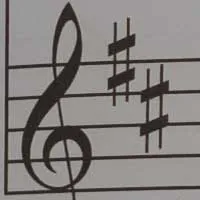
You can set ISO sensitivity between ISO 64 and ISO 100,000 in full-stop increments. Here are some 100% crops which show the noise levels for each ISO setting, with JPEG on the left and RAW on the right.
Focal Range
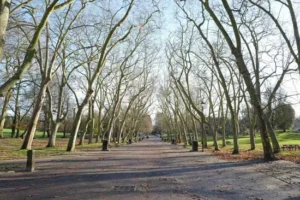
The Leica Q3’s lens provides a focal length of 28mm in 35mm terms, as demonstrated below.
Macro
The Leica Q3 offers a Macro setting that allows you to focus on a subject that is 17cms / 6.7″ away from the camera.
Night
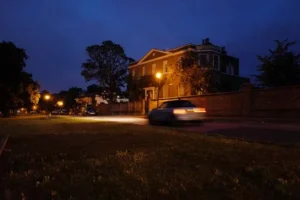
The Leica Q3’s maximum shutter speed is 60 seconds in the Manual mode, which is great news for those seriously interested in night photography.
Intelligent Dynamic Range (iDR)
The new Intelligent Dynamic Range function allows an optimization of the darker areas in a JPEG image, with object details become much clearer. There are three different available strengths, Low, Standard and High, plus Auto and Off settings.
Film Styles
Leica’s Film Styles are preset combinations of different sharpness, contrast, and saturation settings, exclusive to JPEGs. The Leica M11 offers five available Film Styles, as shown below in the following series, illustrating the differences between them. You can also tweak the preset styles so that you can create your own particular look, although you can’t create brand new ones.
Sample Image
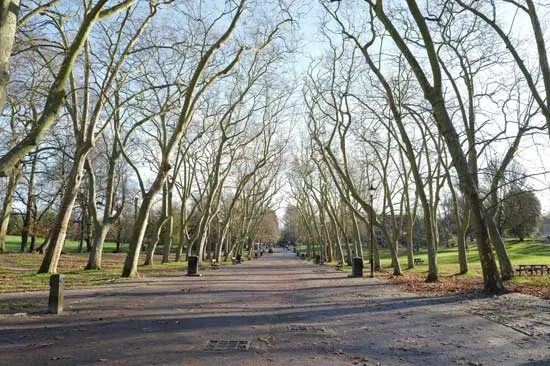
This is a selection of sample images from the Leica Q3 camera, which were all taken using the 60 megapixel Large JPEG setting. The thumbnails below link to the full-sized versions, which have not been altered in any way.
Conclusion
Leica are the last manufacturer standing when it comes to making high-end premium fixed-lens compact cameras for enthusiasts and professionals – and if that sounds like a product niche, it’s because it most certainly is – but thankfully they haven’t rested on their laurels with the new Q3 despite the lack of competition.



